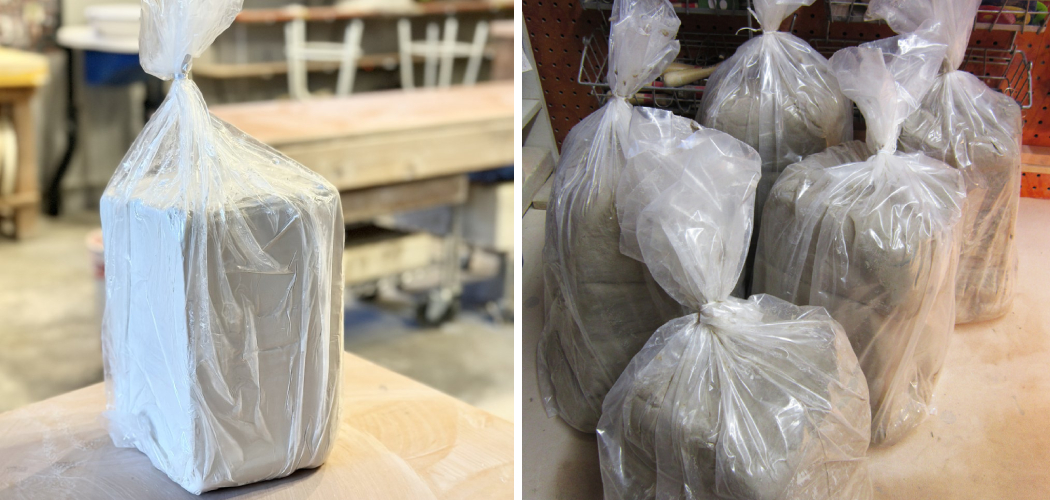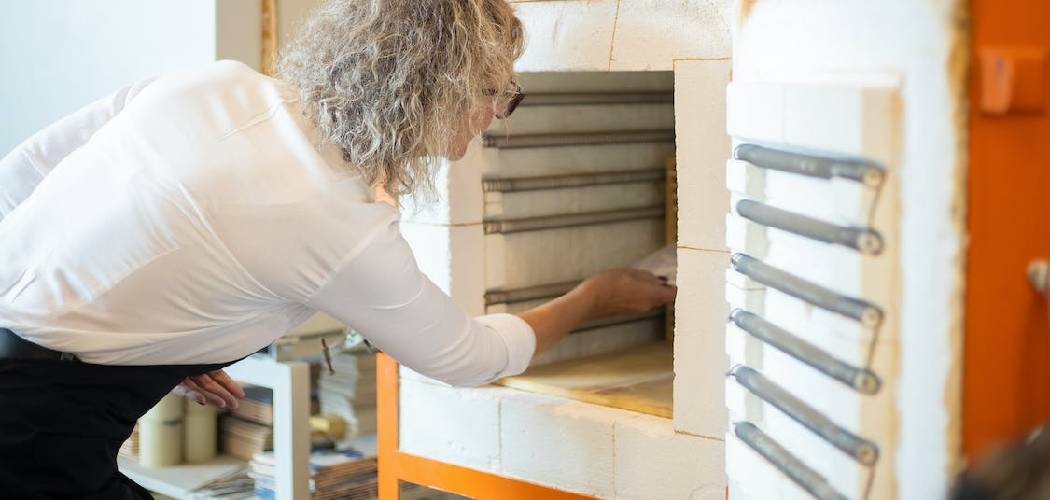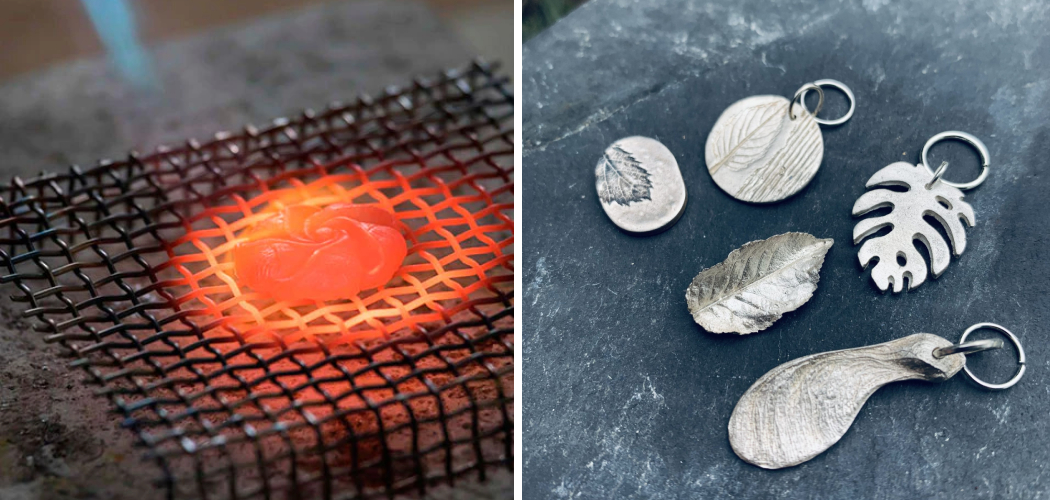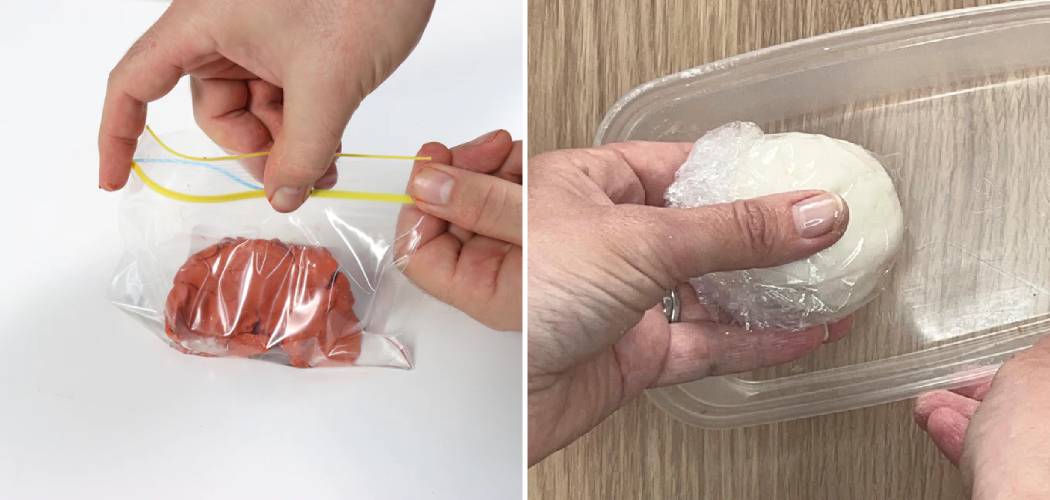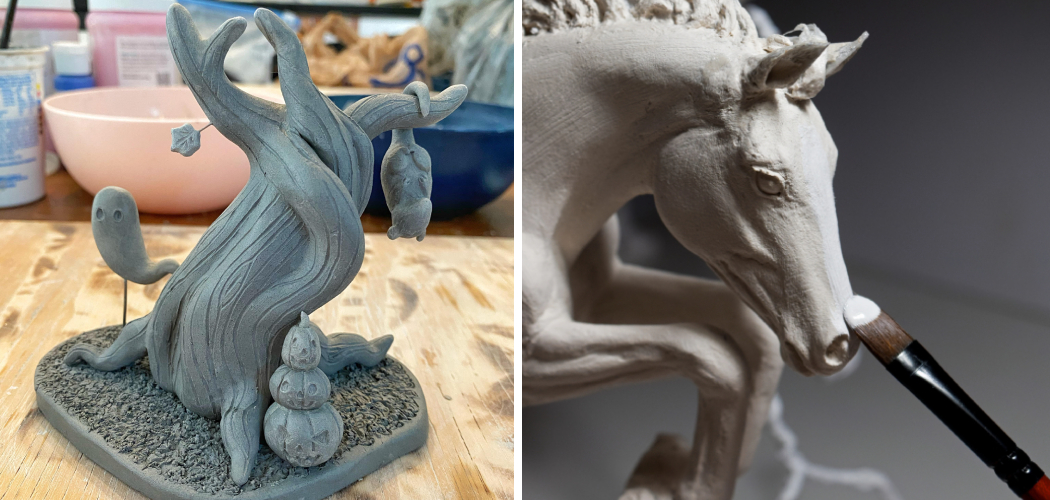Unlocking the secrets to prevent air-dry clay from succumbing to the frustrating fate of cracks is a pursuit that holds significant importance for artists and craft enthusiasts alike. Crafting with air-dry clay offers a convenient alternative to kiln firing, but the challenge lies in maintaining its structural integrity during the drying process. In this exploration, we delve into how to make air dry clay not crack, unveiling a myriad of techniques that balance moisture retention and structural support.
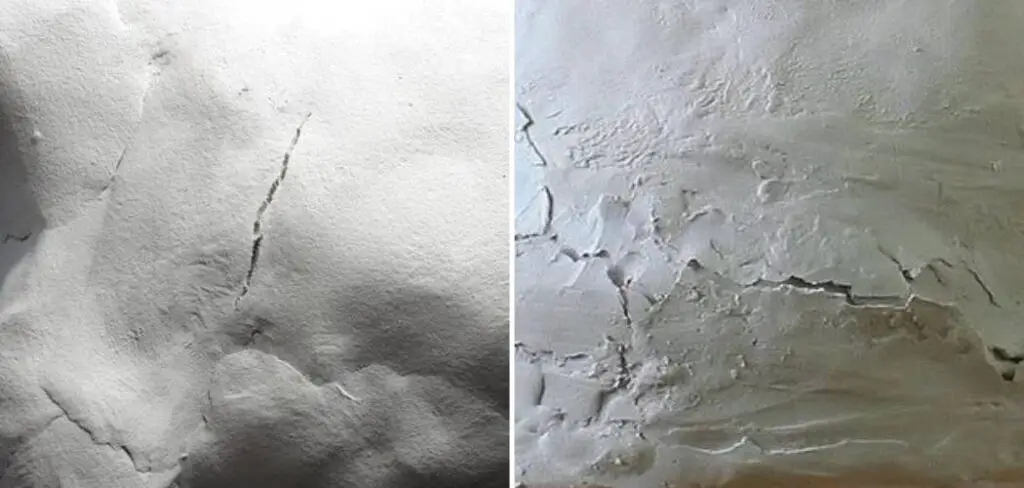
From mastering proper storage methods to incorporating strategic reinforcements, this guide aims to equip you with the knowledge needed to ensure that your air-dry clay projects emerge flawlessly preserved, free from the fractures that can undermine the beauty of your artistic endeavors. Join us as we unravel the tips and tricks that transform the air-drying experience into a seamless and crack-free artistic journey.
Table of Contents
Importance of Preventing Cracks in Air Dry Clay
It is important to prevent cracks in air dry clay as these can weaken the structure of the clay sculpture and cause it to break apart easily. Cracks can also affect the aesthetic appeal of a piece, making it look unfinished or unprofessional. Additionally, if air dry clay sculptures are meant for display purposes, cracks may detract from the overall presentation. Therefore, it is imperative to take the necessary precautions to ensure that cracks do not form in air dry clay. This article will provide tips on how to make air dry clay not crack.
Using quality materials is an important factor when it comes to preventing cracks from forming in air dry clay sculptures. Be sure to use a high-quality, durable air dry clay for your project as this will help reduce the risk of cracks occurring. Additionally, make sure that clay is properly kneaded and mixed before use as this helps to strengthen the structure of the clay and prevent cracking.
When using air dry clay, it is important to allow for adequate drying time. Air dry clay needs to be completely dry before being handled. If the clay is not allowed to dry completely, it can crack and break easily. Care should also be taken when handling air dry clay after it has been dried. Avoid bending or twisting the clay as this can cause cracks to form. Additionally, try to work on a flat surface so that the sculpture does not move around too much during sculpting or painting.
Factors that Contribute to Clay Cracking
Air drying clay is great for making various craft projects, but sometimes your creations can end up cracking. This can be a frustrating experience and might even make you want to throw out the project altogether. However, this doesn’t have to be the case – learning how to make air dry clay not crack is an achievable goal! The key is understanding what factors contribute to clay cracking and taking the necessary steps to prevent or minimize it.

One of the most common causes of air dry clay cracking is working with a piece that’s too thick. When the clay is too thick, it won’t be able to evenly dry throughout – meaning some parts of the project will harden faster than others. This can cause huge cracks or warping as the clay dries. To avoid this, aim to keep your projects no thicker than 1/2 inch and invest in a tool like a rolling pin or pasta machine to help you get an even thickness.
Another major factor is the water content of the clay. Too much water can weaken the structure of the clay and cause it to crack as it dries – while too little water can cause uneven drying and make the clay brittle. When mixing your clay, add just enough water to moisten it without making it too wet. This can also depend on the type of air dry clay you’re using, so be sure to read any instructions that come with it first.
Selecting Clay with Good Elasticity and Flexibility
One of the most important steps for preventing cracking in air dry clay is to select a clay with good elasticity and flexibility. Most air dry clays have either a polymeric or cement-based base, which gives them their unique properties compared to traditional pottery clay. Polymer-based clays are generally regarded as superior because they are more pliable and easier to work with, but they often require more moisture and take longer to dry. Cement-based clays are harder and take less time to dry, but are more prone to cracking. If you’re unsure which type of clay is best for your project, ask an expert at your local art supply store for advice.
When selecting air-dry clay, it is also important to pay attention to the manufacturer’s recommendations for how much water and other ingredients should be added. Some clays are more absorbent than others, so adding too much moisture can cause cracking. Additionally, look for clay that has been formulated with additives such as plasticizers or binders, which help improve elasticity and reduce the risk of cracking during drying.
Finally, it is important to be mindful of the environmental conditions in which you will be working with the clay. Low humidity or high temperature can cause clay to dry too quickly or unevenly, both of which can lead to cracking. When possible, work in an area that is cool and humid, and avoid direct sunlight as much as possible.
10 Methods How to Make Air Dry Clay Not Crack
1. Proper Conditioning:
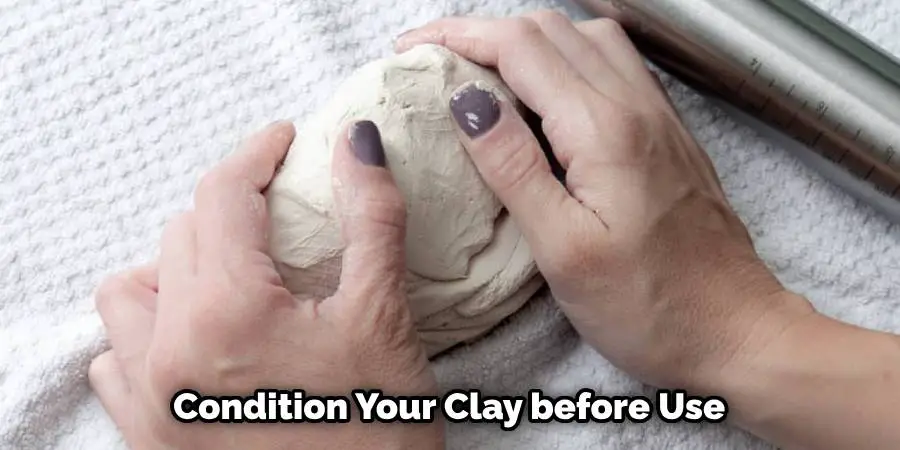
Thoroughly condition your clay before use. Knead the clay thoroughly to eliminate any air bubbles or lumps. This process ensures a consistent texture throughout the clay and minimizes the risk of cracks during the drying process.
2. Slow and Even Drying:
One of the main causes of cracking in air dry clay is rapid and uneven drying. To prevent this, allow your clay creations to dry slowly and naturally. Avoid placing them in direct sunlight or near heat sources, as this can lead to uneven drying and increased cracking. Instead, find a cool and well-ventilated area for the drying process.
3. Applying Thin Layers:
When working with air dry clay, especially for larger or more complex projects, it’s crucial to build up the clay in thin layers. Applying thick layers increases the likelihood of uneven drying and subsequent cracking. By adding thin layers and allowing each layer to dry completely before adding more, you ensure a more even and controlled drying process.
4. Internal Support Structures:
For larger or more delicate clay creations, using internal support structures can help prevent cracking. Consider incorporating materials like wire, toothpicks, or foam to provide stability and support during the drying process. These structures help distribute the weight and reduce the strain on the clay, minimizing the risk of cracks.
5. Moisture Management:
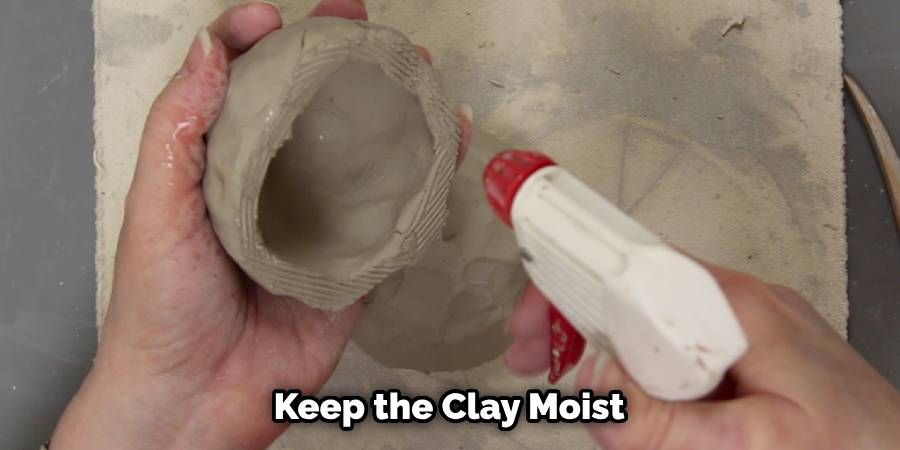
Managing the moisture content of your air dry clay is essential in preventing cracking. Keep the clay moist during the sculpting process by periodically spritzing it with water or covering it with a damp cloth. This prevents the clay from drying out too quickly and reduces the chances of cracking.
6. Drying on a Porous Surface:
Selecting the right surface for drying your air dry clay can make a significant difference in preventing cracks. Choose a porous surface, such as a wooden board or absorbent paper, that allows moisture to evaporate evenly from the clay. Avoid using non-porous surfaces like plastic, as they can trap moisture and lead to uneven drying and cracking.
7. Humidity Control:
Controlling the humidity levels in the drying environment is crucial for preventing cracking. In dry climates, consider using a humidifier or placing a tray of water near your clay creations to maintain a moderate level of humidity. This helps slow down the drying process, reducing the risk of cracks due to rapid moisture loss.
8. Adding Slip:
If you notice cracks forming during the drying process, you can repair them by using slip, a mixture of clay, and water. Apply a small amount of slip to the cracked areas, gently blending and smoothing it into the clay. Allow the repaired areas to dry thoroughly before continuing with the drying process. This technique helps fill in the cracks and minimize their visibility.
9. Sanding and Smoothing:
After your clay creations have dried, you can minimize the appearance of small cracks by sanding and smoothing the surface. Use fine-grit sandpaper or a clay smoothing tool to gently buff away any imperfections. This technique creates a polished finish and helps mask minor cracks that may have formed during drying.
10. Proper Storage:
Even after your air dry clay creations have dried without cracks, proper storage is essential to maintain their integrity. Store finished pieces in a cool, dry area away from direct sunlight and extreme temperature fluctuations. This will help prevent cracking and deterioration over time.
Conclusion
Working with air-dry clay is a great way to explore your creativity and unleash your inner artist. With just a few simple tips, you can make sure your clay creations remain intact throughout the drying process and for years to come. Remember to keep the thickness of your clay creations uniform, don’t let it sit in water for too long, seal any cracks or breaks as soon as they appear and lastly leave plenty of time for it to dry out naturally.
With these simple steps in mind, you’ll be able to create beautiful clay masterpieces that stand the test of time. Hopefully, this article gave you some helpful tips about how to make air dry clay not crack successfully, so now that you have the proper knowledge on how to get the job done, why not give it a try today?
